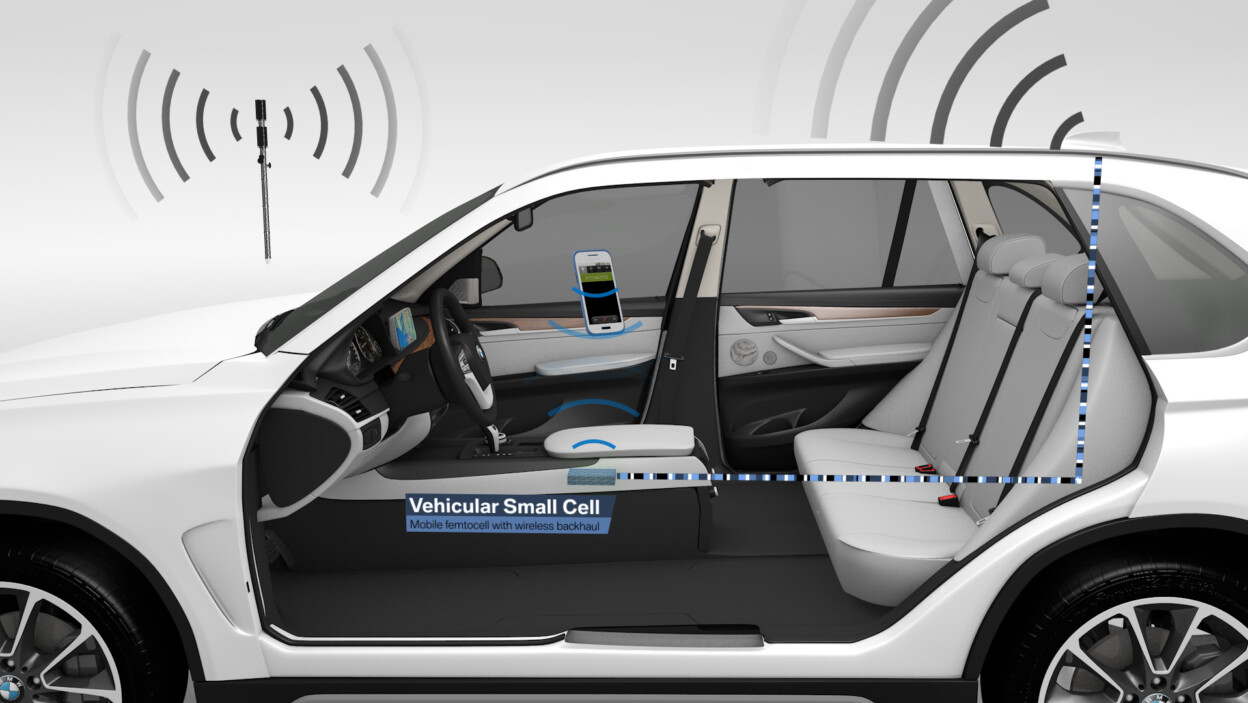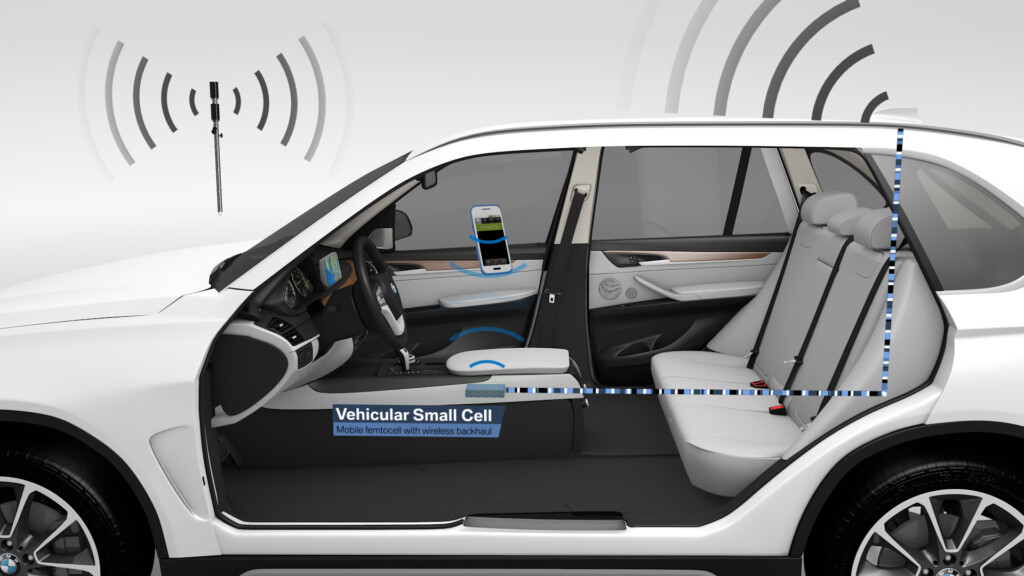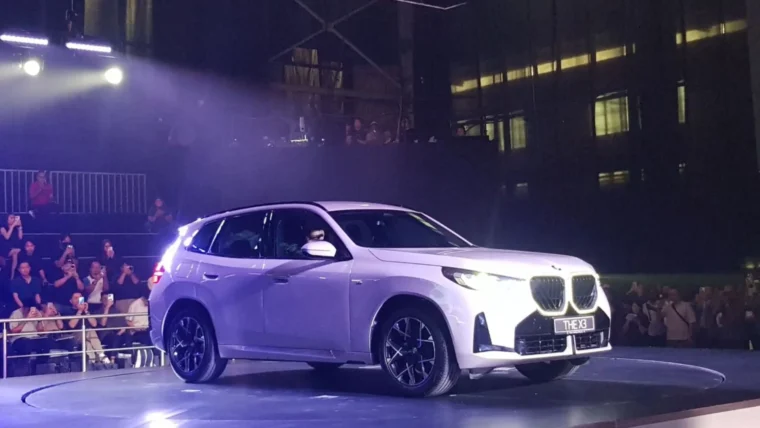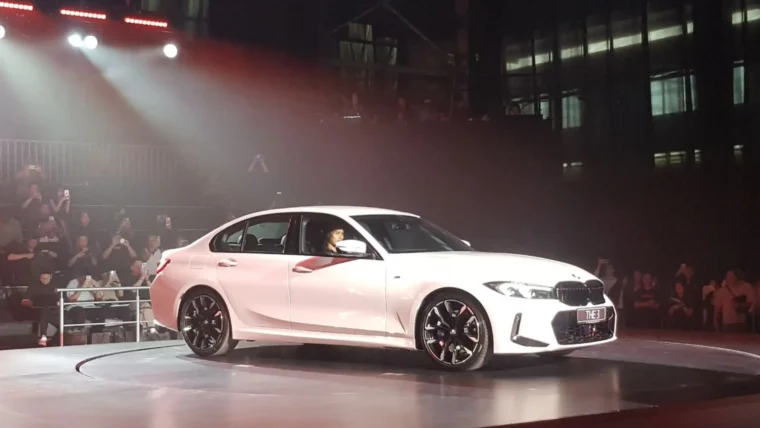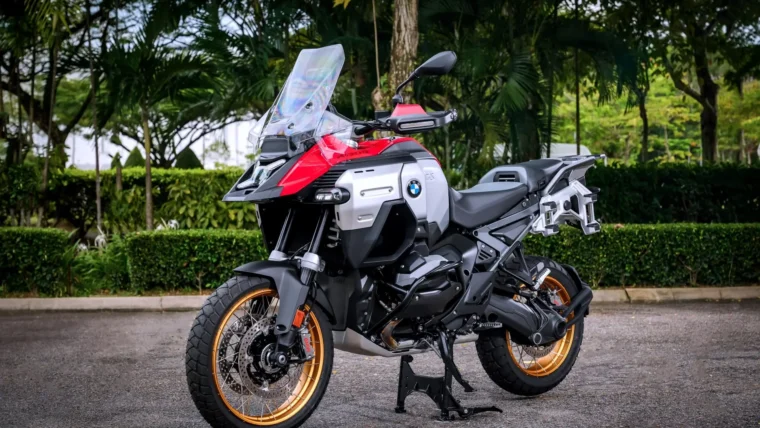The BMW Group, peiker acustic GmbH & Co. KG and Nash Technologies GmbH will present the “Vehicular Small Cell” research project, which aims to improve mobile reception in vehicles.
We are seeing an increase in in-car use of mobile devices such as smartphones, tablets, wireless-enabled wearable technology like smartwatches and many other devices that will in future form part of the “Internet of Things”. However, the strong signal-shielding effect of the vehicle body can often cause reception problems, particularly when driving in areas with poor cellular coverage. It was to address this problem that the BMW Group, network specialists Nash Technologies GmbH and automotive supplier peiker acustic GmbH & Co. KG launched the “Vehicular Small Cell” research project.
A femtocell is a mini cellular base station typically used to provide improved indoor cellular connectivity in businesses or private homes. For the first time, the BMW Group and its research partners are now developing a femtocell for mobile in-car application. The “Vehicular Small Cell” provides optimal access to cellular networks via the vehicle aerial while at the same time reducing electromagnetic radiation inside the vehicle significantly.
The advantages at a glance.
The “Vehicular Small Cell” automatically sets up a wireless connection between all mobile devices in the car – including passengers’ devices – and the vehicle aerial. The improved wireless connectivity greatly reduces the number of interrupted phone calls and provides more stable connection quality while driving. Improved connectivity also allows higher bit rates to be transmitted, which significantly improves the performance of functions such as web surfing, e-mail checking and music streaming.
The “Vehicular Small Cell” allows all mobile devices inside the vehicle to transmit at very low power, which minimises radiation. What’s more, low-power transmission also saves battery power.
Dr Peter Fertl, Project Manager BMW Group, puts it like this: “The ‘Vehicular Small Cell’ will allow our customers to enjoy uninterrupted in-car usage of all mobile devices such as smartphones, tablets, smartwatches and other connected devices of the future – even when driving through areas with poor cellular coverage.”
Other posts by AF Newsdesk

